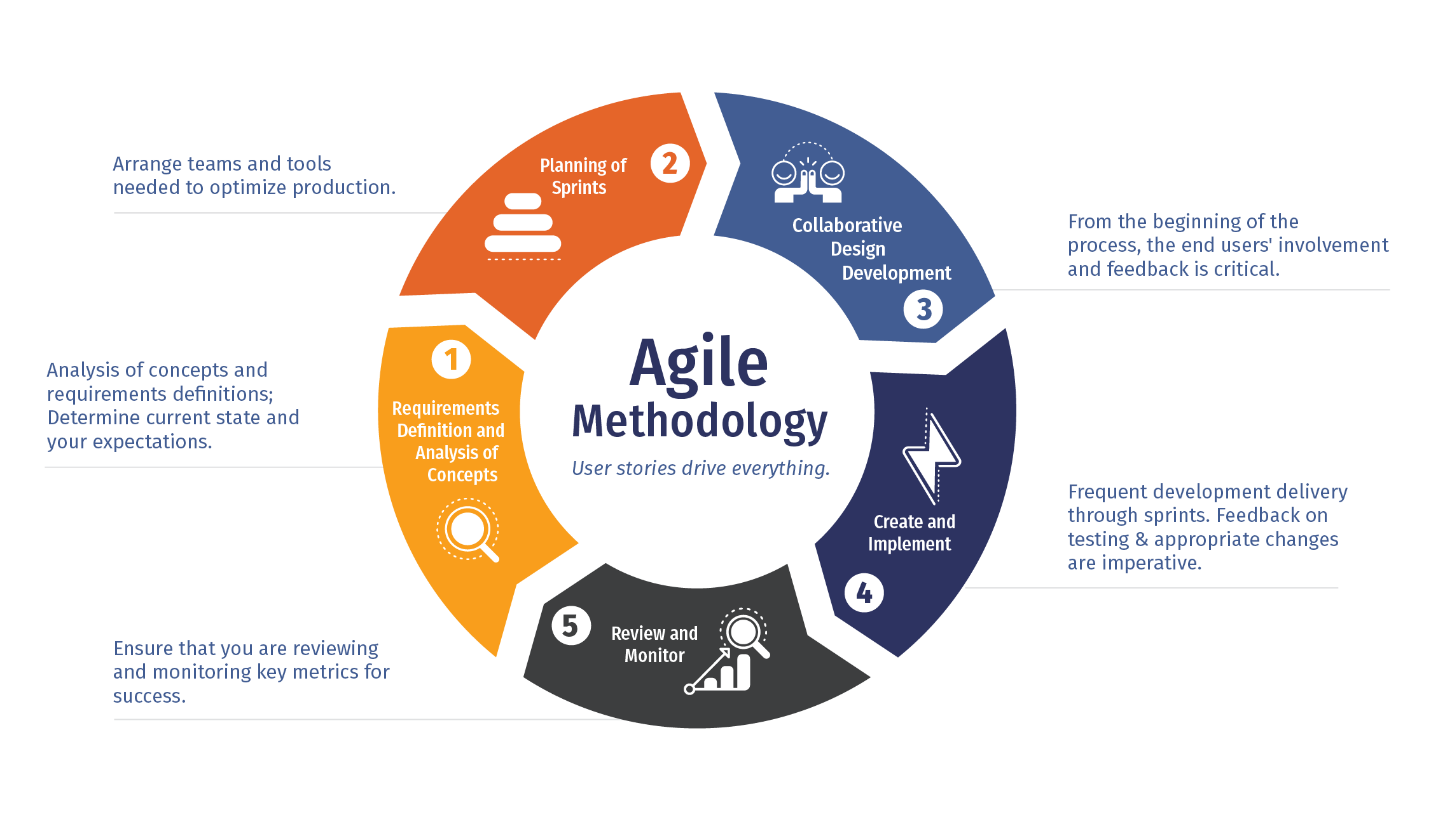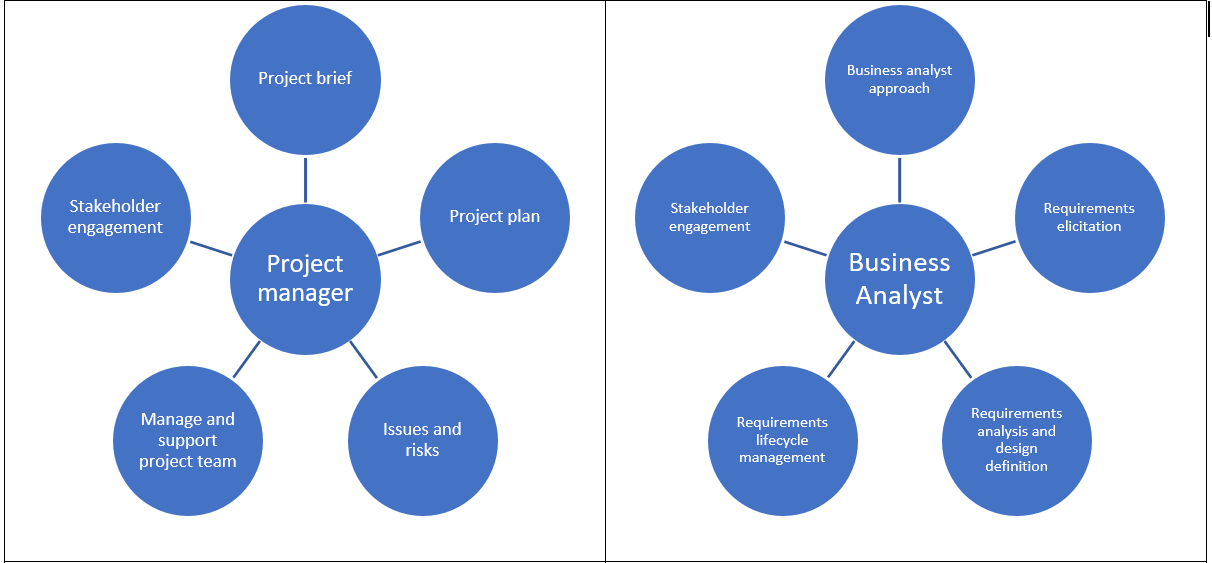Business Analyst Interview Question
4 min read

Q1) What is the role of a business analyst in a project?
Building a bridge between developers and business stakeholders is a critical function of a business analyst (BA). The business analyst (BA) collects requirements from a variety of stakeholders (such as end users and management) and converts them into requirements that are simple, easy to understand, and well-defined so that the development team can carry them out.
The BA acts as a central point of communication between various stakeholders, ensuring everyone is informed, aligned, and on the same page throughout the project lifecycle.

Q2) What is a Business Requirements Document (BRD)?
A Business Requirements Document (BRD) serves as a project blueprint, describing the business goal. It provides a foundation for understanding what needs to be accomplished and leads the development and implementation process. The BRD is usually established during the early stages of a project, usually working together with stakeholders. methodology
Q3. What is the difference between BRD vs. SRS vs. FRS?
BRD (Business Requirements Document), SRS (Software Requirements Specification), and FRS (Functional Requirements Specification) are all types of requirement documents used in software development. The main difference between them is the level of detail and scope they cover.
BRD: The BRD serves as a communication tool between business stakeholders and the development team to ensure alignment on the project's purpose and objectives.
SRS: The SRS is used as a reference for developers and testers to understand the system's behaviour and functionality accurately.
FRS: The FRS typically includes use cases, scenarios, user stories, and other detailed descriptions of system functionality.

Source: BRD vs SRS vs FRS - Detailed Comparison | The Business Analyst Job Description
Q4) Describe the Agile methodology and its relevance to business analysis.
The Agile methodology takes an iterative and incremental approach to project management. The agile technique supports the work of a business analyst by emphasizing cooperation, adaptability, customer orientation, and continual development. Business analysts play an important role in Agile initiatives by bridging the gap between business stakeholders and development teams.
It enables BAs to deliver solutions that meet the ever-evolving needs of stakeholders while ensuring effective use of resources and timely delivery of business value.

Q5) What are some common data modeling techniques used by business analysts?
Business analysts leverage various data modelling techniques to effectively understand, document, and communicate data requirements for projects. Here are some commonly used techniques:
Entity-Relationship Diagram (ERD): This visual representation depicts entities (data subjects) and their relationships with each other. It helps BAs understand the core data elements and their interconnections at a high level.
Data Flow Diagram (DFD): This graphical model illustrates the flow of data within a system, showing how data enters, transforms, and exits the system. It helps BAs visualize data processes and identify potential data storage needs.
Unified Modeling Language (UML) Class Diagrams: While primarily used in software development, UML class diagrams can be valuable for BAs to model complex systems and relationships between entities and their attributes.
Q6) Explain the difference between a business analyst and a project manager.
Both play a crucial role in a project, while a project manager focuses on planning, executing, and monitoring project activities to ensure successful project delivery. A business analyst focuses on understanding business needs, defining requirements, and ensuring solutions align with those needs.

Q7) How do you handle managing team conflicts in a project?
In my perspective, effective communication and conflict resolution skills are essential for solving team problems. I begin by attempting to identify the basic root of the issue and facilitating open discussions to arrive at a solution that benefits all team members and fits in with the project's goals. I also make sure to document any resolutions and follow up to keep track of the problem.
